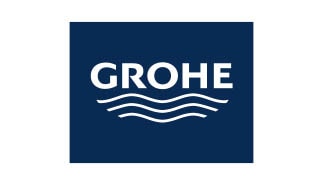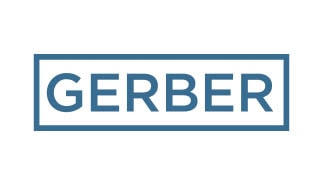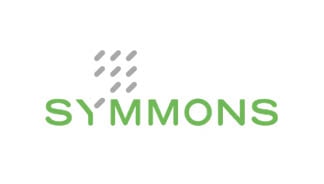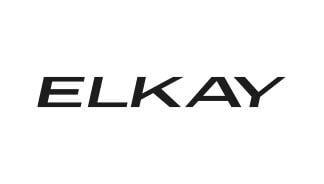Published on
July 12th, 2021The More You Know: How a Thermostatic Radiator Valve Works
If you have steam radiators in your New York City rental property, you may have noticed that it’s difficult to find a happy medium between units that are too hot or too cold. If someone has suggested trying thermostatic valves in your apartment or office building, they are on the right track. Here’s the lowdown on how a thermostatic radiator valve works so you can decide as a landlord or property manager if this new technology would be beneficial for your tenants.
The Problem with Steam Radiators in New York City
The all or nothing conundrum
Steam radiators have been around since the middle of the 19th century. People started using them in residential properties in the late 1800s. By the early 20th century, they were commonplace in many locations, especially in New York City.
Radiators were never replaced in many New York City properties because they are still considered an efficient and affordable source of heat. Boiler systems and related plumbing have been updated over the years, but many buildings still boast original cast iron radiators from around a hundred years ago as there has been no need to replace them.
This leads to a common problem with this type of heating: there is little ability to provide nuanced changes to heat. Steam radiators are basically on or they are off, depending on if the boiler that serves them is firing.
New Yorkers have resorted to radiator covers and ceiling fans in an attempt to reduce the issues of being too hot or too cold in their apartment units and offices. However, this isn’t always effective, nor is it particularly energy efficient. If you have tenants complaining that the temperature in their home or workplace is never “just right,” you understand this conundrum.
Why Thermostats Weren’t the Answer Until Recently
One thermostat for all radiators
People attempting to be helpful often suggest, “Use a thermostat, so you can turn the temperature up or down.” Although this works in single-family homes (and even there, not particularly efficiently), this is a nonstarter for apartment buildings. Because a thermostat connects to the boiler providing heat, adjusting a thermostat only turns the boiler up or down. If dozens or even hundreds of radiators are connected to the same boiler system, they would all be subject to the same thermostat changes.
Can you imagine your tenants turning their thermostat down, only to have their next door neighbor counter their desire for a cooler space by turning their thermostat up? No one would ever be happy with this process, and of course, the boiler would experience undue wear and tear with all the up and down.
Enter the thermostatic radiator valve. While in the past tenants could sometimes make adjustments to their radiators’ output by fiddling with steam valves, this wasn’t an ideal solution. Manual valve adjustment is inconvenient and time-consuming. Whenever manual manipulation of radiators is involved, there is a risk of human error, especially if the valve is old and could come off or break. You really don’t want tenants playing around with the parts on your heating system. Thermostatic radiator valves changed all that.
How a Thermostatic Radiator Valve Works
Control over individual radiators
Thermostatic radiator valves attach to each radiator like the old-fashioned steam valves. However, they’re able to communicate with a central thermostat to release or hold more steam as the tenant desires.
Tenants can create heat zones within their units to have warmer and cooler spaces, such as for living areas and bedrooms that need more heat and guest rooms that don’t see a lot of use and can be left colder.
At Sanitary Plumbing, we’ve had good results using the wireless SALUS system with our New York City clients. This thermostat works well with thermostatic radiator valves to give tenants the temperature they want.
Features and Benefits of Thermostatic Radiator Valves
Programmable functions
Using thermostatic radiator valves and a thermostat together lets tenants enjoy all the programmable functions of a regular thermostat. They can, for example, set their heat to increase 30 minutes before rising in the morning and to decrease 30 minutes after going to bed.
Remote operation
More sophisticated thermostats used in conjunction with thermostatic radiator valves allow tenants to control them remotely too. In fact, they can be integrated into other smart home hubs, so the same system lets tenants manage all the automatic functions in their units through one device.
Let’s say an apartment dweller has to work late on short notice. From the office, they can delay their heat from coming on in the evening by a few hours, since they won’t be home until later. Likewise, a business owner who awakens to two feet of snow and cancels work for everyone can turn down the office heat from home until their return to the workplace.
Savings for everyone
Being able to reduce heat when it’s not needed doesn’t just make tenants more comfortable. It can result in significant cost savings as well. If the tenant is footing the bill for heat, they’ll be thrilled with their new energy efficiency (which is also more environmentally friendly). And if you as a property owner are paying for heat, you’ll realize even greater savings when the entire building isn’t wasting energy.
Easy installation
Installing thermostatic radiator valves and a thermostat to control them is relatively quick and easy, with minimum expense to landlords and little disruption to occupants. The thermostats are battery-operated, so no new wiring is required, and the batteries last up to two years with regular use.
Call Sanitary Plumbing to Add Thermostatic Radiator Valves on Your Property
New York City’s hyper-local blue-chip plumbers
If you would like to explore using thermostatic radiator valves in your New York City property, Sanitary Plumbing is here to help. We’ve been servicing buildings with radiators for nearly a century, and we can help you figure out the best configuration for your building.
Give us a call today at 212-734-5000, or use our online form to schedule an appointment at a time that’s best for you.








